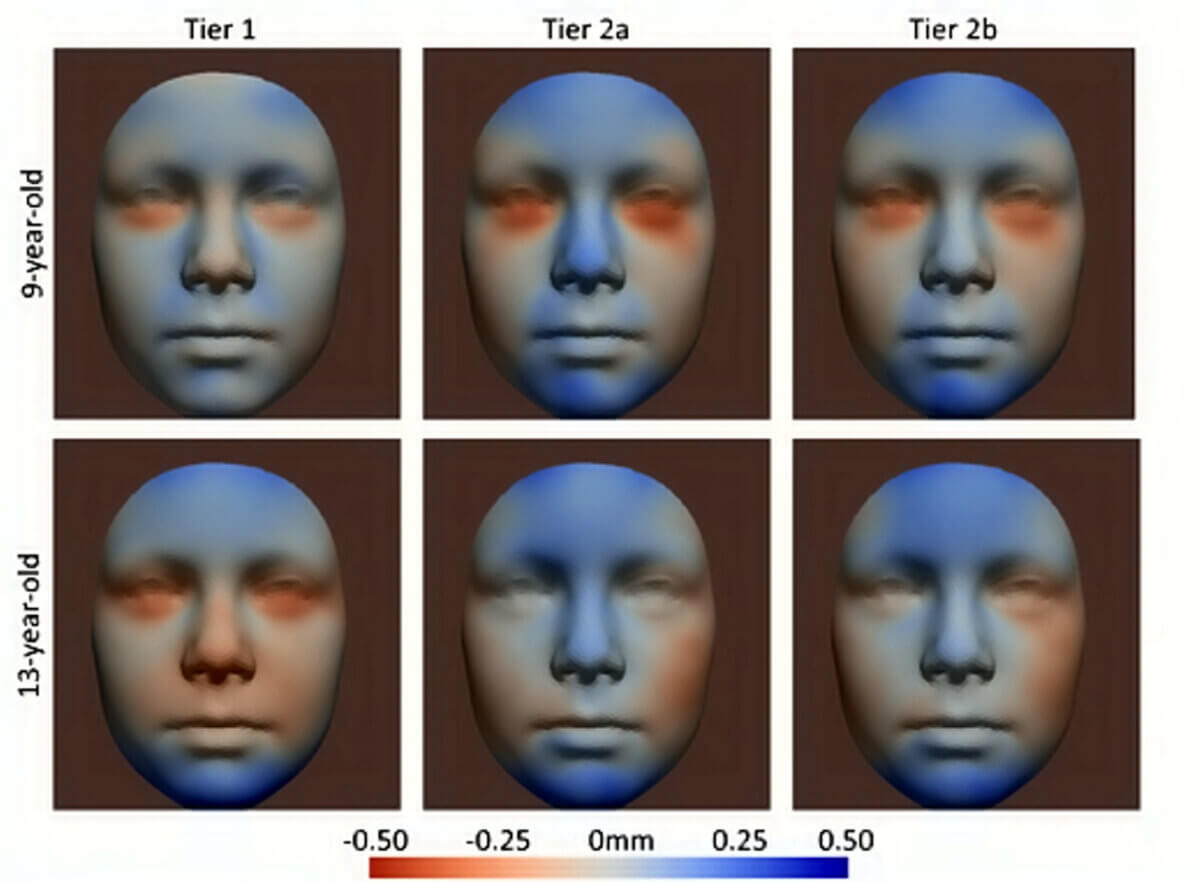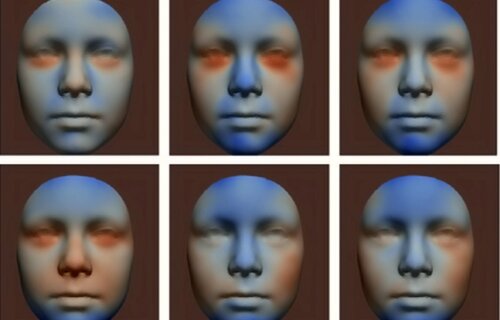STROMBEEK-BEVER, Belgium — How much alcohol a mother drinks before and during pregnancy could determine the shape of their child’s face, a new study explains. According to researchers in the Netherlands, pregnant women having just one medium glass of wine (175ml) or a 12-ounce beer a week could affect their child’s future appearance.
They add that the new findings are illuminating, as a child’s face shape can be an indication of health and developmental problems. By drinking during pregnancy, the child could be left with fetal alcohol spectrum disorder (FASD). This is a combination of developmental deficits, neurological impairment, and recognizably abnormal facial development.
What can drinking do to a baby’s face?
Common changes in facial features can include a turned-up nose tip, shortened nose, turned-out chin, and turned-in lower eyelid. Health-related symptoms include cognitive impairment, ADHD, learning difficulties, memory problems, behavioral problems, and speech and language delays.
FASD is already known to be consequence of a mother’s drinking habits during pregnancy, with a particular link to heavy drinking. However, until now, little was known about the effect of low alcohol consumption on children’s facial development and their future health.
“We found a statistically significant association between prenatal alcohol exposure and face shape in the nine-year-old children. The more alcohol the mothers drank, the more statistically significant changes there were. The most common traits were turned-up nose tip, shortened nose, turned-out chin and turned-in lower eyelid,” says study first author and PhD student Xianjing Liu, part of the group that developed the AI algorithm, in a media release.
“Among the group of mothers who drank throughout pregnancy, we found that even if mothers drank very little during pregnancy, less than 12 g a week, the association between alcohol exposure and children’s facial shape could be observed. This is the first time an association has been shown at such low levels of alcohol consumption.”
“I would call the face a ‘health mirror’ as it reflects the overall health of a child. A child’s exposure to alcohol before birth can have significant adverse effects on its health development and, if a mother regularly drinks a large amount, this can result in fetal alcohol spectrum disorder, FASD, which is reflected in children’s faces,” adds Gennady Roshchupkin, assistant professor and leader of the computational population biology group at the Erasmus Medical Centre in the Netherlands.

AI is helping to predict future facial features
Researchers used artificial intelligence and deep learning to discover this link. They analyzed 3D images of children taken at the age of nine and 13. There were just over 3,000 images of nine-year-olds and almost 2,500 images of 13-year-olds.
The children were part of the Generation R Study in the Netherlands, an ongoing population-based study of pregnant women and their children from fetal life onwards. The babies were born between January 2006 and April 2009.
“The face is a complex shape and analyzing it is a challenging task. 3D imaging helps a lot, but requires more advanced algorithms to do this,” says Prof. Roshchupkin. “For this task, we developed an AI-based algorithm, which takes high-resolution 3D images of the face and produce 200 unique measurements or ‘traits’. We analyzed these to search for associations with prenatal alcohol exposure and we developed heat maps to display the particular facial features associated with the mothers’ alcohol consumption.”
The mothers filled out questionnaires in early, mid, and late pregnancy to find out how much alcohol they drank. Researchers then divided the women into three groups. The groups were mothers who didn’t drink before or during pregnancy, those who drank during the three months before becoming pregnant but stopped when they became pregnant, and women who drank when they were pregnant.
This final group included those who only drank during the first trimester of pregnancy and those who continued to drink throughout the entire pregnancy. The nine-year-olds showed a significant link between the change in their face shape and their mothers’ history of drinking.
The changes are more noticeable in younger children
The children of those who drank during the first trimester but stopped and those who continued to drink were very similar, according to the findings. The results also show that the first three months of pregnancy were the most influential when it comes to the effects of alcohol consumption. The association between alcohol consumption and face shape weakened in the older children.
“It is possible that as a child ages and experiences other environmental factors, these changes may diminish or be obscured by normal growth patterns. But that does not mean that alcohol’s effect on the health will also disappear. Therefore, it is crucial to emphasize that there is no established safe level of alcohol consumption during pregnancy and that it is advisable to cease drinking alcohol even before conception to ensure optimal health outcomes for both the mother and the developing fetus,” Prof. Roshchupkin concludes.
“Further investigations on the mechanism of association are needed to fully understand how the association develops and then weakens with age.”
The study is the first to examine this issue in children from multiple ethnic backgrounds. However, the team acknowledges that there were limitations including the lack of data of alcohol consumption more than three months before pregnancy and the fact that mothers may not have completed the questionnaire correctly.
The team notes that their study, published in the journal Human Reproduction, cannot definitively prove that alcohol consumption causes the changes in face shape, only that there is an association with it.
South West News Service writer Alice Clifford contributed to this report.

